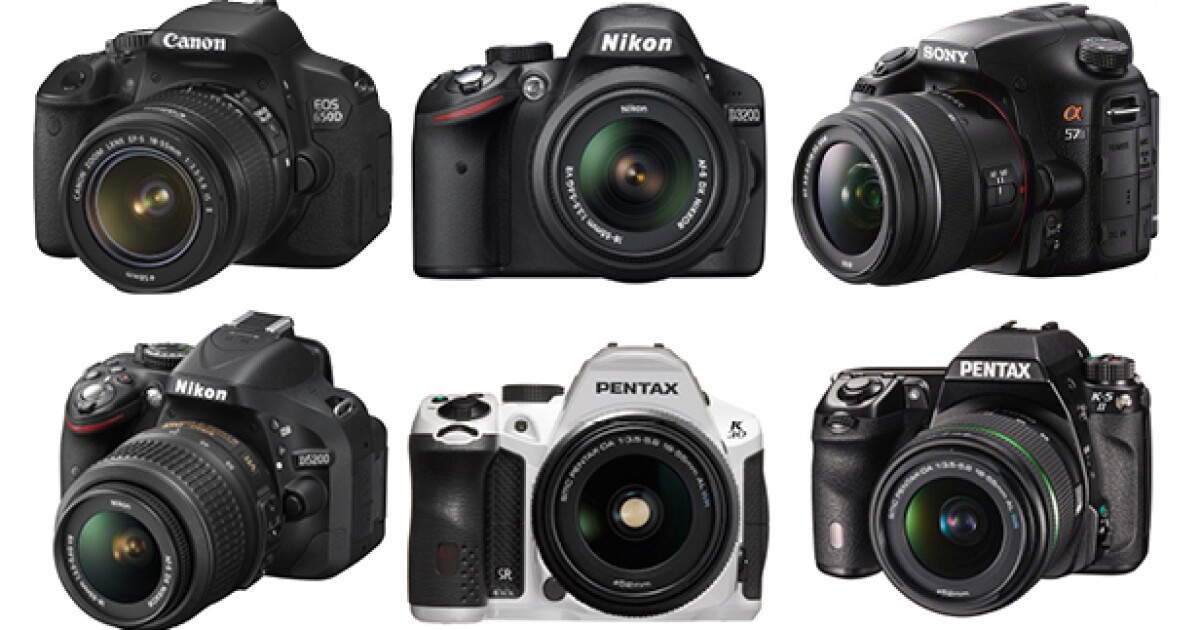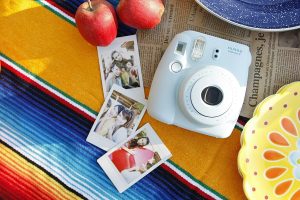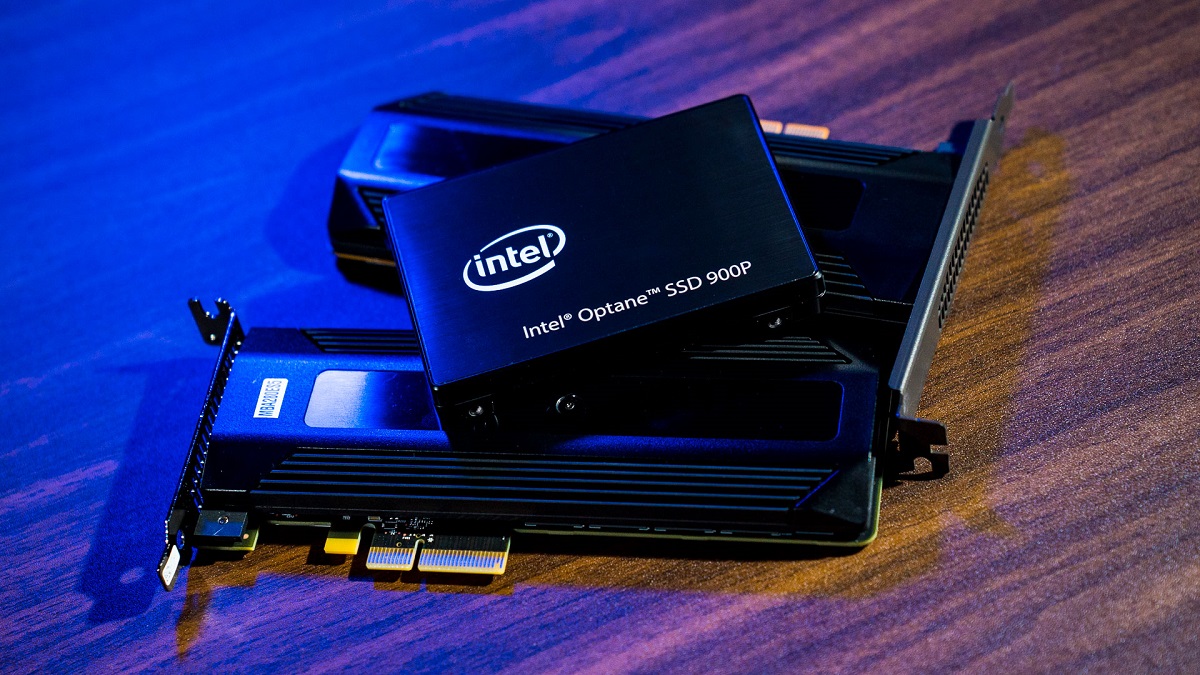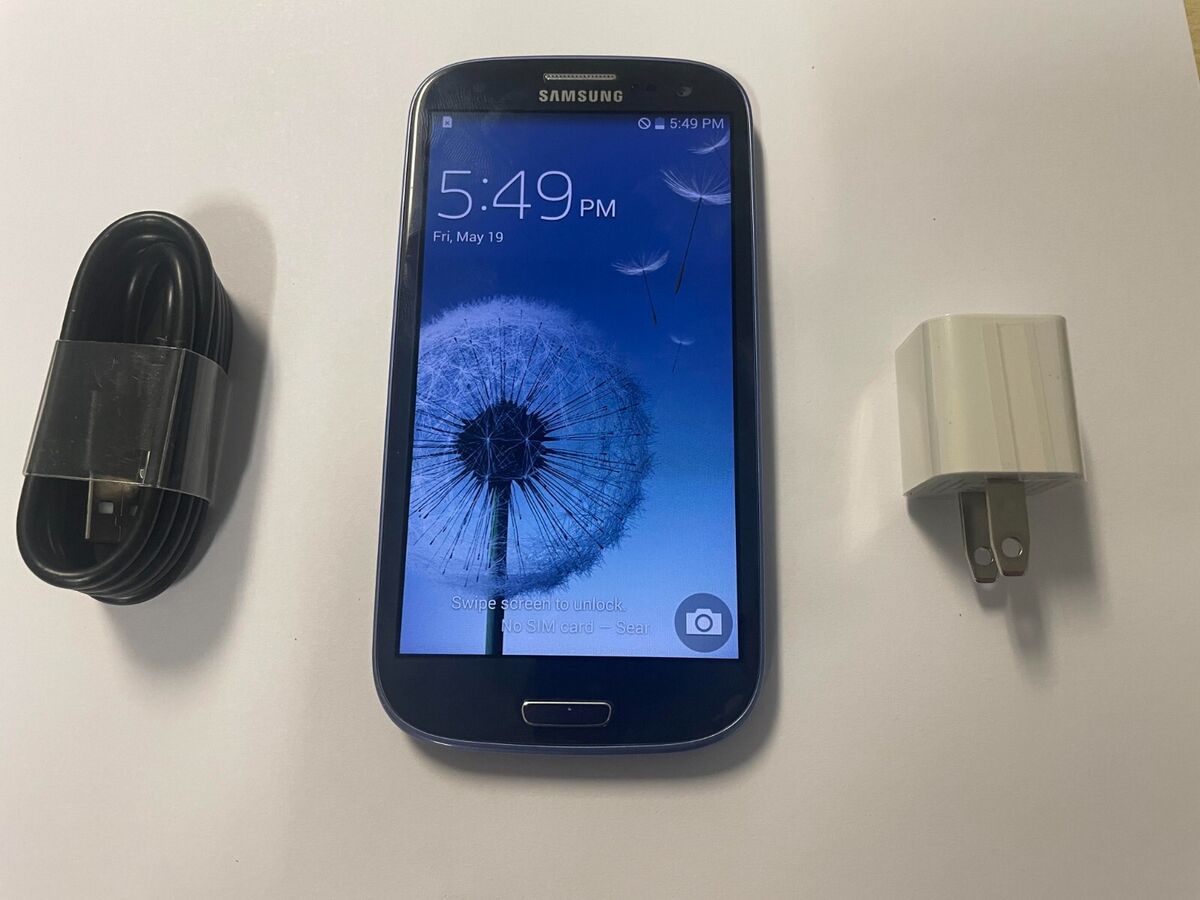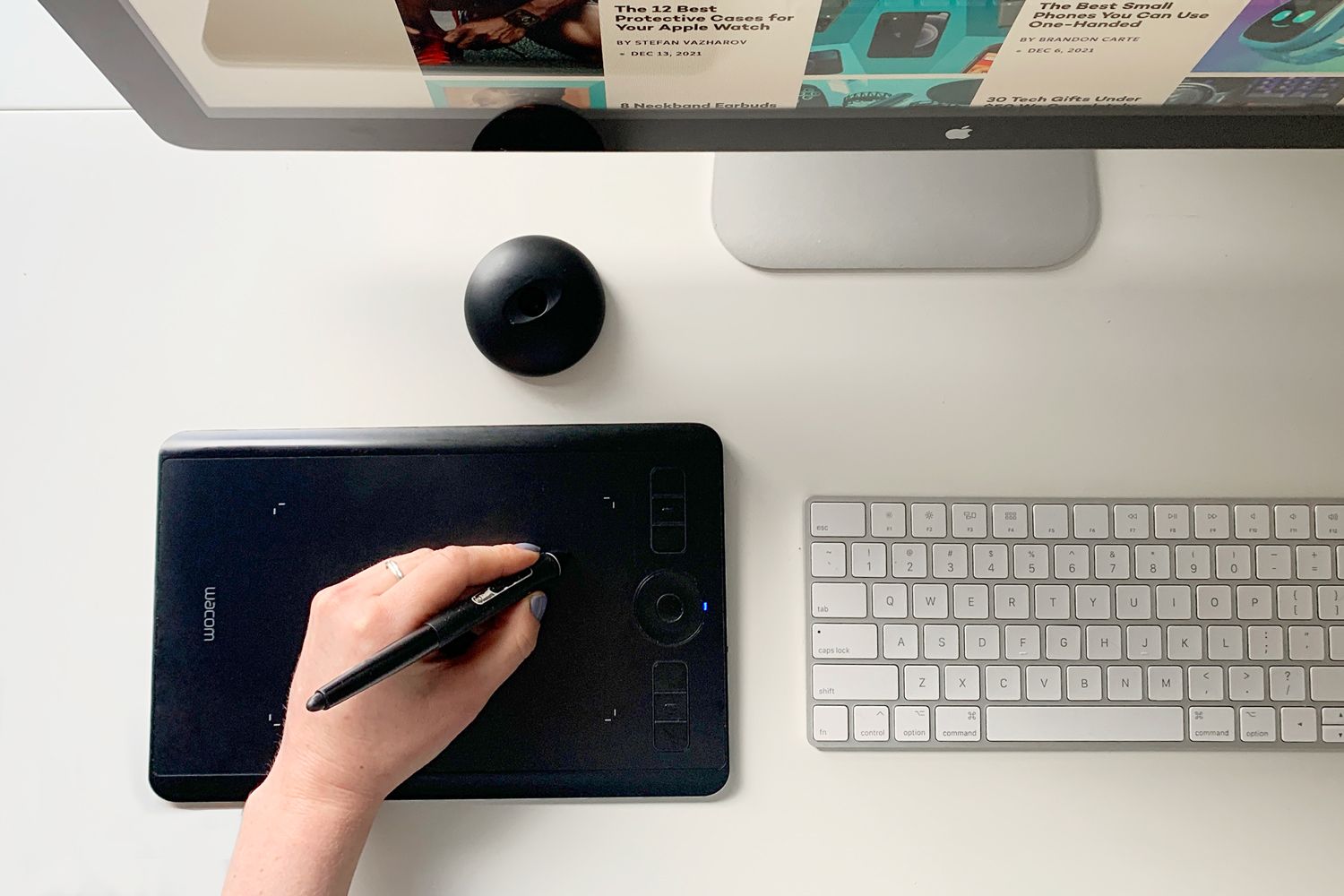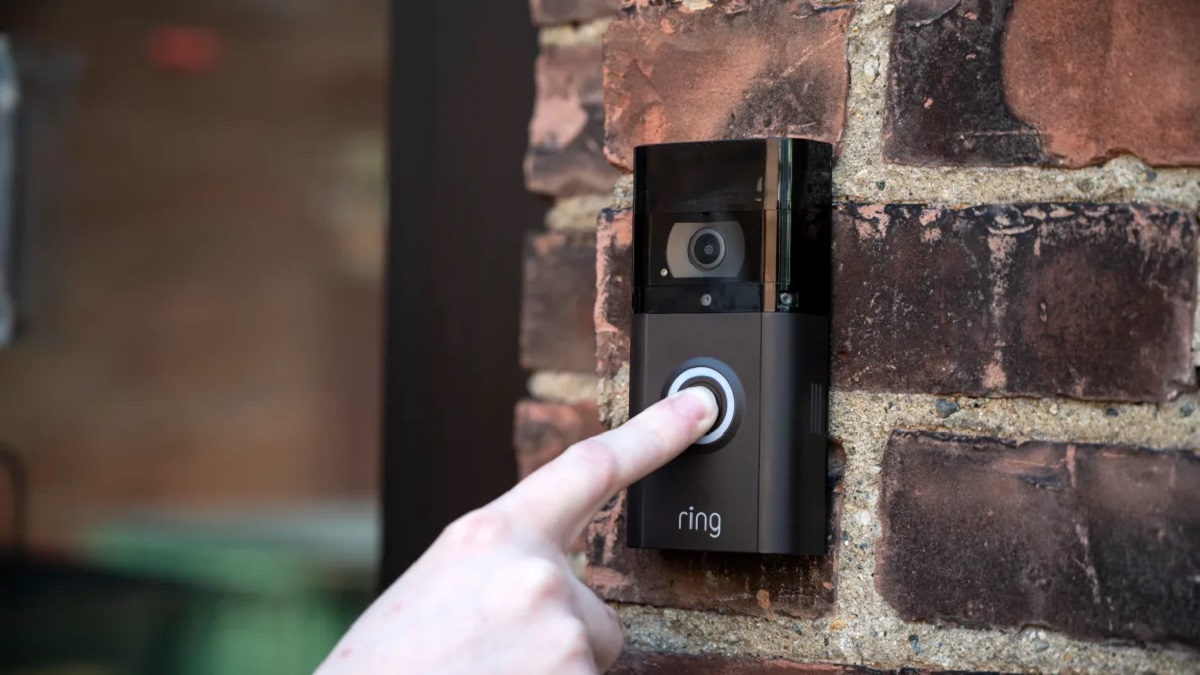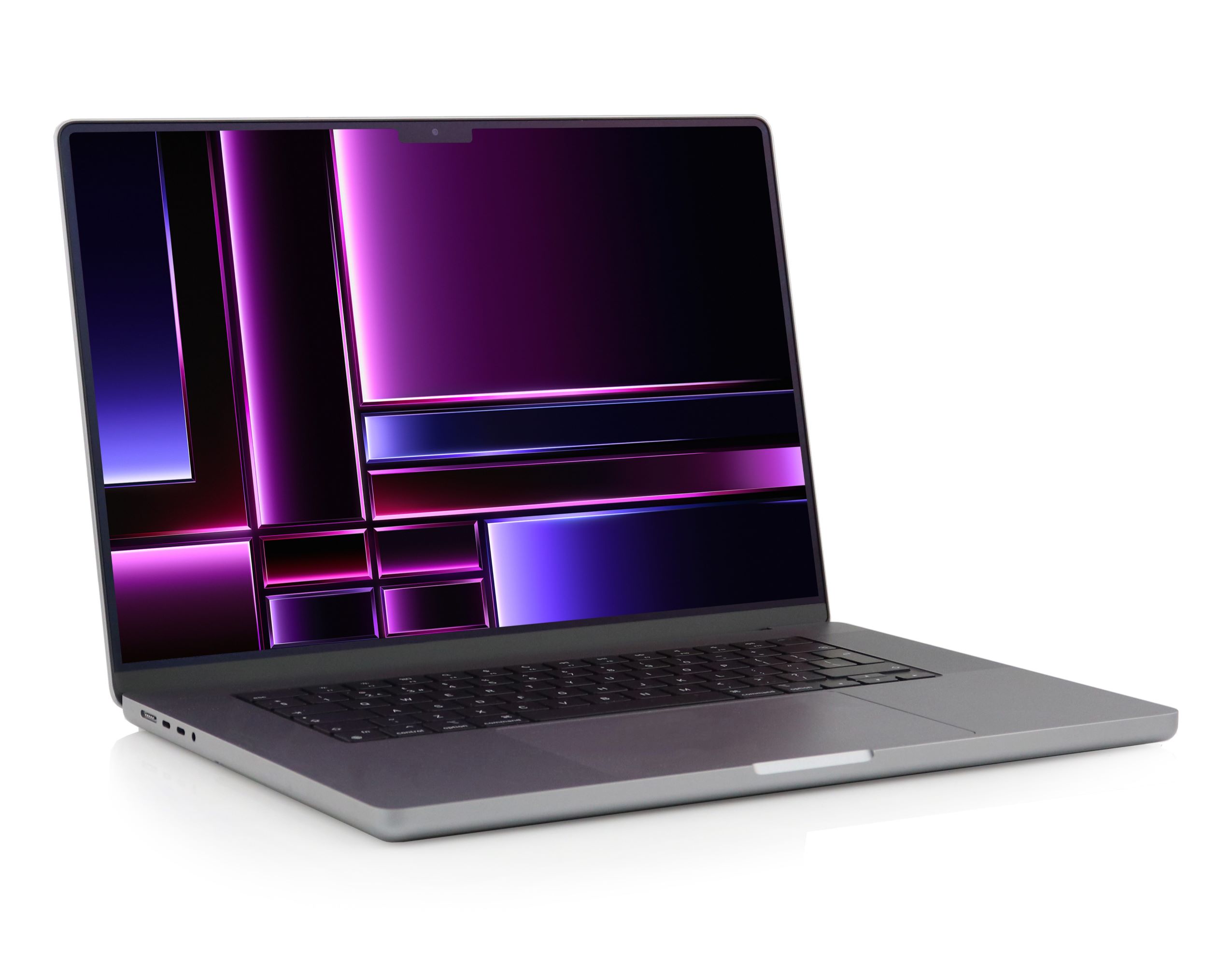Introduction
Choosing the best digital camera can be a daunting task, especially with the wide variety of options available in the market. Whether you are a professional photographer or a casual hobbyist, finding the perfect camera requires careful consideration of several factors. In this article, we will discuss the different types of digital cameras available and help you decide which one is the best fit for your needs.
When it comes to digital cameras, there are mainly four types to choose from: DSLR (Digital Single-Lens Reflex), mirrorless, compact, and smartphone cameras. Each type offers unique features and benefits, catering to different skill levels and preferences. Understanding the differences between these types will significantly aid your decision-making process.
DSLR cameras are known for their exceptional image quality and versatility. They utilize a mirror mechanism that reflects light into an optical viewfinder, allowing you to capture precise shots. DSLRs offer extensive manual controls, interchangeable lenses, and excellent low-light performance, making them the go-to choice for professional photographers and enthusiasts seeking creative freedom.
On the other hand, mirrorless cameras provide similar image quality and versatility as DSLRs but in a more compact and lightweight package. Instead of a mirror, they feature an electronic viewfinder that displays a real-time preview of your shot. Mirrorless cameras are becoming increasingly popular due to their portability, superior autofocus, and high-speed shooting capabilities.
Compact cameras, also known as point-and-shoot cameras, are a great option for beginners or casual photographers. They are small, lightweight, and easy to use, offering automatic settings and a fixed lens. Although compact cameras may not have the advanced features of DSLRs or mirrorless cameras, they are perfect for capturing everyday moments and conveniently fitting into your pocket or bag.
In recent years, smartphone cameras have made remarkable advancements, rivaling even some dedicated cameras. With the convenience of an all-in-one device, smartphone cameras have become the most popular choice for capturing spontaneous moments on the go. While they may lack the manual controls and image quality of standalone cameras, their convenience and social sharing abilities make them a preferred option for many.
DSLR Cameras
DSLR cameras, short for Digital Single-Lens Reflex cameras, are a popular choice among professional photographers and enthusiasts due to their exceptional image quality, extensive manual controls, and the ability to interchange lenses. These cameras feature a mirror mechanism that reflects light into an optical viewfinder, allowing you to see exactly what the camera sees. This feature provides a more accurate representation of the final image, making it easier to compose and capture your shots with precision.
One of the biggest advantages of DSLRs is their versatility. With a wide range of compatible lenses available, you can achieve various focal lengths and perspectives to suit different photographic styles and subjects. Whether you’re shooting landscapes, portraits, sports, or wildlife, DSLRs allow you to tailor your setup to meet the specific requirements of each shooting scenario.
DSLR cameras also offer advanced manual controls, including shutter speed, aperture, and ISO settings. This allows you to have full control over the exposure and creative aspects of your photography. The ability to adjust these settings gives you the freedom to experiment and achieve your desired visual effect, making DSLRs the preferred choice for professionals who demand precision and control.
Furthermore, DSLRs excel in low-light photography. With their larger image sensors, they can capture more light, resulting in cleaner and sharper images even in challenging lighting conditions. This makes them a reliable tool for capturing stunning images in dimly lit environments such as concerts, events, or astrophotography.
Another notable advantage of DSLRs is their durability. Designed to withstand rugged use, these cameras are built with robust materials and weather-sealed bodies. This allows them to withstand harsh environments and adverse weather conditions, making them suitable for outdoor and adventure photography.
However, it is important to note that DSLRs tend to be bulkier and heavier compared to other types of cameras. The inclusion of a mirror mechanism contributes to their larger size and weight. Therefore, if portability is a priority in your photography, you may want to consider other options such as mirrorless or compact cameras.
In summary, DSLR cameras offer exceptional image quality, versatility, advanced manual controls, and superior low-light performance. They are the preferred choice for professional photographers and enthusiasts who value precise control and the ability to interchange lenses. While they may be bulkier and heavier compared to other camera types, their performance and durability make them a reliable tool for capturing memorable moments and creating stunning photographs.
Mirrorless Cameras
Mirrorless cameras have gained significant popularity in recent years for their combination of exceptional image quality, compact size, and advanced features. Unlike DSLR cameras, mirrorless cameras do not have a mirror mechanism or an optical viewfinder. Instead, they feature an electronic viewfinder (EVF) or a rear LCD screen that displays a real-time preview of your shot, making it easier to compose and adjust your images.
One of the main advantages of mirrorless cameras is their compact and lightweight design. Without the bulky mirror mechanism, these cameras are significantly smaller and easier to carry, making them ideal for travel and street photography where portability is crucial. Additionally, their reduced size makes them more inconspicuous, allowing photographers to capture candid moments without drawing too much attention.
Mirrorless cameras are also known for their quick and accurate autofocus systems. With advanced autofocus algorithms and technology, these cameras can track subjects in real-time, ensuring sharp focus even in fast-paced situations. This makes mirrorless cameras perfect for capturing sports, wildlife, and other action-packed moments.
Furthermore, mirrorless cameras often offer high-speed continuous shooting, allowing you to capture a series of fast-moving frames in quick succession. This feature is especially useful for capturing fleeting moments or scenes with rapid motion, such as sports events or wildlife photography.
Another advantage of mirrorless cameras is their versatility in terms of lens options. Most mirrorless camera systems offer a wide range of lenses, including both native lenses and adapters for using lenses from other brands. This flexibility allows photographers to experiment with different focal lengths and achieve various creative effects, further expanding their photographic capabilities.
Mirrorless cameras also excel in video recording. With the ability to capture high-resolution video and features such as in-body image stabilization, these cameras are increasingly used by videographers and content creators. The electronic viewfinder or rear LCD screen provides a real-time preview of the footage, making it easier to monitor and adjust the composition while recording.
However, it is important to note that mirrorless cameras tend to have a shorter battery life compared to DSLR cameras. The electronic viewfinder and continuous use of the LCD screen consume more power, requiring frequent battery changes or carrying spare batteries for extended shooting sessions.
In summary, mirrorless cameras offer exceptional image quality, compact size, advanced autofocus, and versatile lens options. Their lightweight design and portability make them an excellent choice for travel and street photography. With their video recording capabilities, they are also popular among videographers and content creators. While battery life may be a concern, the advantages of mirrorless cameras far outweigh this drawback, making them a go-to option for photographers seeking a balance between performance and portability.
Compact Cameras
Compact cameras, also known as point-and-shoot cameras, are designed for simplicity and convenience. They are perfect for beginners or casual photographers who prioritize ease of use and portability. Compact cameras feature a fixed lens and automatic settings, allowing you to simply point and shoot without having to worry about manual controls or interchangeable lenses.
One of the main advantages of compact cameras is their small size and lightweight design. They are incredibly portable and can easily fit in your pocket or bag, making them ideal for everyday carry and spontaneous photography. Whether you’re on a family vacation or capturing moments with friends, compact cameras provide a convenient and hassle-free shooting experience.
Compact cameras are often equipped with zoom lenses, allowing you to capture a wide range of subjects and compositions without the need for multiple lenses. This versatility is particularly useful when shooting travel or street photography, where you may encounter different scenes and distances.
In terms of image quality, compact cameras have significantly improved over the years. With advancements in sensor technology, they can now produce sharp and detailed photos, even in challenging lighting conditions. While they may not offer the same level of image quality as DSLR or mirrorless cameras, compact cameras are more than capable of capturing everyday moments and memories.
Another advantage of compact cameras is their user-friendly interface and automatic settings. They are designed to be straightforward and intuitive, making them accessible to photographers of all skill levels. Even if you have little to no photography experience, you can still achieve great results with a compact camera, thanks to features such as automatic exposure, autofocus, and scene modes.
It’s important to note that compact cameras have limitations compared to more advanced camera types. Due to their small size, they may not offer as much manual control or customization options. Additionally, their smaller sensors can result in higher levels of noise in low-light situations. However, for everyday photography needs and casual shooting, compact cameras are an excellent choice.
In summary, compact cameras are compact, lightweight, and easy to use. They are perfect for casual photographers who want a convenient and portable option for capturing everyday moments and memories. With improvements in image quality and zoom capabilities, compact cameras offer versatility and accessibility to photographers of all skill levels. Although they may have limitations compared to more advanced camera types, the advantages of compact cameras make them a popular choice for individuals seeking simplicity and convenience in their photography.
Smartphone Cameras
Smartphone cameras have revolutionized the way we capture and share photos. With advancements in technology, smartphone cameras have become incredibly capable, offering convenience and functionality that rival some dedicated cameras. Gone are the days when smartphones were simply used for making calls – now they are a powerful tool for capturing and preserving memories.
One of the biggest advantages of smartphone cameras is their portability. Since most people carry their smartphones with them at all times, they can easily capture spontaneous moments and document their daily lives without the need for additional equipment. Smartphone cameras are always within arm’s reach, allowing you to instantly capture and share moments with a few taps of your finger.
Smartphone cameras have also benefited from continuous improvements in image quality. With higher resolution sensors, advanced image processing algorithms, and multiple lenses, smartphone cameras can now produce impressive and detailed photos. Many smartphones also offer features like optical image stabilization, night mode, and computational photography, which enhance image quality even further.
Another advantage of smartphone cameras is their ease of use. Most smartphone cameras have user-friendly interfaces, touch-screen controls, and automatic settings that do the hard work for you. This makes it easy for anyone to take decent photos without any technical knowledge or experience.
In addition to taking photos, smartphones offer a wide range of editing and sharing capabilities. There are countless photo editing apps available that allow you to enhance, crop, and apply creative filters to your images directly on your device. Furthermore, with the rise of social media platforms, sharing your photos with friends, family, and the world has never been easier.
While smartphone cameras have many advantages, they do have limitations. One of the main limitations is the smaller sensor size compared to dedicated cameras. This can result in reduced image quality, especially in low-light situations. Additionally, smartphones generally have fixed lenses, limiting the zoom capabilities and versatility compared to cameras with interchangeable lenses.
However, thanks to their convenience, portability, and continuous technological advancements, smartphone cameras have become the go-to choice for many people to capture everyday moments, document their lives, and share their experiences with others. Whether you are a photography enthusiast or simply someone who wants to take high-quality photos on the go, smartphone cameras offer a convenient and capable solution.
In summary, smartphone cameras have transformed the way we capture and share photos. With their portability, impressive image quality, ease of use, and editing capabilities, they have become the preferred choice for many individuals. While they may have limitations compared to dedicated cameras, the convenience and functionality of smartphone cameras make them an indispensable tool for capturing and sharing memories and experiences.
Factors to Consider
When choosing the best digital camera for your needs, there are several factors to consider. Each individual has unique preferences and requirements, so it’s important to evaluate these factors to ensure you make the right choice. Here are some key factors to consider:
- Intended Use: Determine how you plan to use the camera. Are you a professional photographer looking for advanced features and professional-grade image quality? Or are you a casual photographer who wants a simple and convenient option for everyday photography?
- Budget: Consider your budget, as digital cameras can range from affordable options to high-end, expensive models. Decide on a budget range that suits your needs and explore cameras within that range.
- Image Quality: Consider the level of image quality you require. If you prioritize exceptional image quality and creative control, DSLR or mirrorless cameras are the recommended choice. However, if you’re more concerned with convenience and everyday photography, compact cameras or smartphone cameras can still deliver satisfactory image quality.
- Portability: Think about how important portability is to you. If you plan to carry your camera with you everywhere you go, a compact camera or smartphone camera might be the best option due to their small size and lightweight design.
- Additional Features: Consider any specific features or functionalities you desire in a camera. This could include video recording capabilities, built-in Wi-Fi or Bluetooth connectivity for instant sharing, weather sealing for outdoor photography, or specific modes and shooting capabilities for your preferred photography genre.
- User-Friendliness: Evaluate your comfort level with camera controls and settings. If you’re a beginner or prefer a simplified shooting experience, compact cameras or smartphone cameras, with their automatic settings and user-friendly interfaces, might be the best fit for you.
- Interchangeable Lenses: Assess whether you want the flexibility to change lenses based on your shooting needs. DSLR and mirrorless cameras offer the ability to interchange lenses, allowing you to adapt to different scenarios and achieve various creative effects.
- Battery Life: Consider the battery life of the camera, especially if you plan to use it for extended periods without access to charging. DSLR and mirrorless cameras tend to have longer battery life compared to compact cameras and smartphones.
By carefully considering these factors, you can narrow down your options and identify the digital camera that best suits your preferences, budget, and photography requirements. Remember to prioritize your needs and choose the camera that will enhance your photography experience and help you capture the moments that matter most to you.
Conclusion
Choosing the best digital camera is a personal decision that depends on your individual needs, preferences, and budget. Whether you’re a professional photographer seeking advanced features and superior image quality, or a casual photographer looking for convenience and simplicity, there is a digital camera that will meet your requirements.
DSLR cameras are the go-to choice for professionals and enthusiasts who prioritize image quality, versatility, and manual control. They offer exceptional image quality, interchangeable lenses, and extensive manual controls, providing the utmost creative freedom.
Mirrorless cameras provide similar image quality and versatility to DSLRs but in a more compact and lightweight package. They are the ideal choice for photographers who value portability without sacrificing image quality or features.
Compact cameras are perfect for beginners or individuals seeking a convenient, easy-to-use option. They are small, lightweight, and offer automatic settings, making them great for everyday photography and travel.
Smartphone cameras have become increasingly capable, offering impressive image quality and a wide range of functionalities. They excel in convenience, portability, and social sharing, making them the preferred choice for spontaneous and on-the-go photography.
When choosing a digital camera, it’s essential to consider factors such as your intended use, budget, image quality, portability, and additional features. Evaluating these factors will help you make an informed decision and select a camera that best suits your needs and preferences.
No matter which type of camera you choose, the most important aspect is to enjoy the process of capturing moments and expressing your creativity through photography. With the right camera in hand, you can embark on a journey of exploring the world through your lens and capturing memories that will last a lifetime.







